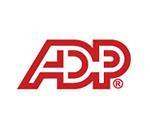
Marvel and Detective Comics (DC) have been household names for the better part of the last century, having woven a complete mythology using comic books since the early 1900s. The mere mention of these franchises evokes iconic images of caped crusaders and web-slingers doing battle with countless villains. Marvel led the charge with Iron-Man (2008), and the concept of a shared cinematic universe for superheroes was born and grew with several solo hero films in the years following. DC stepped into the cinematic arena with its Man of Steel (2013). Each company followed a different route for establishing their cinematic universe (both intent on giving flesh to the gods of American mythology).
The Marvel Cinematic Universe and the “All Roads” Model
Marvel Studios has orchestrated its entire cinematic universe around an “All Roads” model where all the individual paths eventually come to a head. Imagine several trains, traveling individual routes, intersecting at a massive hub. This provides a wide, but defined space for the smaller, independent films to operate within.
- By breaking their cinematic universe into phases, Marvel can designate a single film as the destination or lynchpin for the individual films (Avengers, Avengers Age of Ultron, Avengers: Infinity War).
- This tactic creates a sprawling web of a universe, requiring precise organization to remain on schedule.
The DC Expanded Universe and the “Big Bang” Model
DC made its first concerted step into the cinematic playground half-a-decade after Marvel. With its chief competitor racking up success after success, DC didn’t have the luxury of playing the long-game like Marvel did.
- The “Big Bang” model involves a single movie (Batman vs. Superman, 2016) packed with the foundational information or “matter” the audience needs to build upon.
- From that point, DC can form the rest of its movie universe based off of these first films.
- DC must be able to manage all of their pieces efficiently in order to contend with their opposition.
Project Management with Marvel, DC, and Actsoft
The primary issue facing these massive film companies is project management. With the task of creating and cultivating an entire cinematic universe on the agenda, the costs can become hefty; making a ton of money doesn’t guarantee success when you consider operating costs. Fortunately, Actsoft specializes in project management — reducing costs by ensuring every facet of your business is running as smoothly as possible.
Here are some specific features that can help with business project management:
- Timekeeping: Marvel and DC already face the lofty costs of paying actors. Actsoft’s timekeeping feature makes it possible to track clock-ins, clock-outs, lunches, and breaks from an employee’s mobile device. Accurate timekeeping could prevent both companies from paying out wages for hours that were not worked, driving down costs, and potentially maintaining the movie’s budget.
- GPS Tracking: These movie franchises often film in remote locations. Cast and crew can both get lost, which causes delays. With the Actsoft’s geofence feature either company could mark and monitor activity around specific landmarks or locations. Cast and crew, through the mobile app, could then find the quickest route to their locations through a near real-time map interface.
- Messaging: Constant channels of communication can be the difference between staying on schedule or costly delays. With messaging, directors could better communicate and ensure the cast is where they need to be when they need to be there. The crew could benefit from the ability to relay information quickly and efficiently around a shoot without traveling from one point to another.
When it comes to the movies, we’re dealing with project management on the world’s biggest stage. Marvel has created a multi-billion-dollar cinematic universe and DC is poised to do the same. Actsoft’s software could simplify procedures, drive down costs over the course of production, and elevate these franchises to Olympian heights.
Have any questions on how Actsoft can help you?
Call (888) 732-6638 or Receive a Live Webinar
















 Encore & Geotab Drive
Encore & Geotab Drive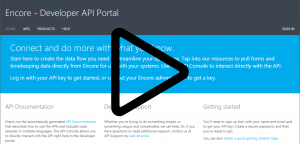
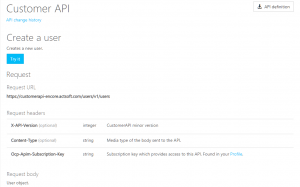
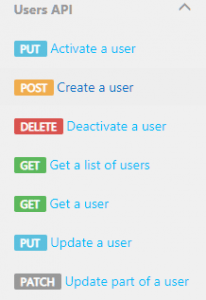


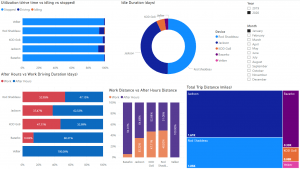
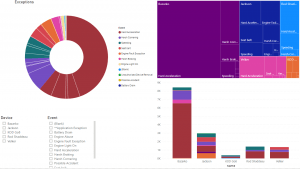

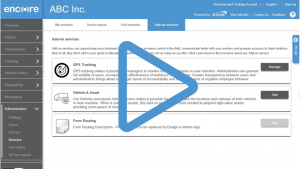
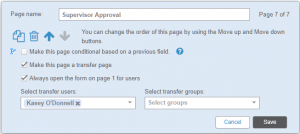
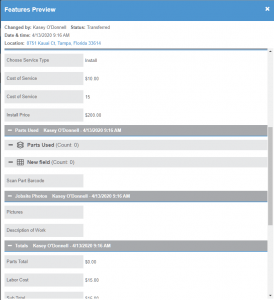

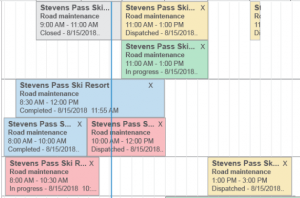
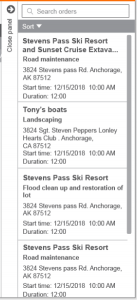
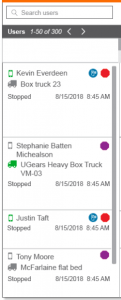







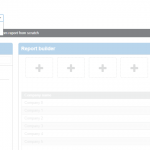
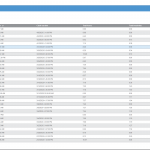

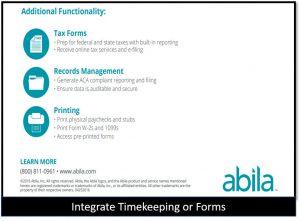
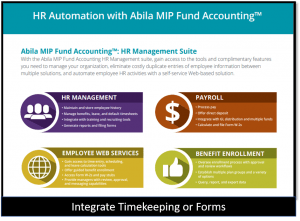




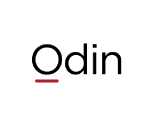 Actsoft partnered with Odin to provide our solutions overseas, through payment processing integrations. Odin helps us support user management for our software; customers can also purchase our products through Odin’s billing platform.
Actsoft partnered with Odin to provide our solutions overseas, through payment processing integrations. Odin helps us support user management for our software; customers can also purchase our products through Odin’s billing platform.

 VisTracks powers our Electronic Logging Device (ELD) solution, which enables transportation businesses to easily automate their hours of service logs, remain in governmental compliance, and reduce their potential to incur costly fines.
VisTracks powers our Electronic Logging Device (ELD) solution, which enables transportation businesses to easily automate their hours of service logs, remain in governmental compliance, and reduce their potential to incur costly fines. Integration between Actsoft solutions and BeWhere’s software products is available. Take your team’s asset tracking, cellular data connectivity, and field insight a step further with effective, cross-application compatibility.
Integration between Actsoft solutions and BeWhere’s software products is available. Take your team’s asset tracking, cellular data connectivity, and field insight a step further with effective, cross-application compatibility.
 CalAmp tracking devices for vehicles and assets alike are compatible with Actsoft solutions, making it easy for you to efficiently monitor your equipment and fleet cars. Help your team enhance accountability, safety, and savings through a combination of easily installed hardware and intuitive software.
CalAmp tracking devices for vehicles and assets alike are compatible with Actsoft solutions, making it easy for you to efficiently monitor your equipment and fleet cars. Help your team enhance accountability, safety, and savings through a combination of easily installed hardware and intuitive software.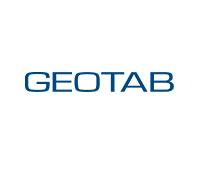 Gain even greater insight into the daily activities of your fleet using the combination of Geotab and Actsoft. Geotab devices provide detailed data collection and seamless integration with our solutions; learn more about the ways your vehicles are being used daily with the power of this tandem.
Gain even greater insight into the daily activities of your fleet using the combination of Geotab and Actsoft. Geotab devices provide detailed data collection and seamless integration with our solutions; learn more about the ways your vehicles are being used daily with the power of this tandem.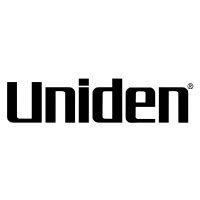 Our partnership with Uniden is ideal for companies looking to gain advanced diagnostics on their fleets. Uniden’s extensive product listing of car electronics like radios, dash cams, radar detectors, and in-vehicle communicators work in concert with Actsoft’s solutions to better connect your vehicles to the company headquarters.
Our partnership with Uniden is ideal for companies looking to gain advanced diagnostics on their fleets. Uniden’s extensive product listing of car electronics like radios, dash cams, radar detectors, and in-vehicle communicators work in concert with Actsoft’s solutions to better connect your vehicles to the company headquarters.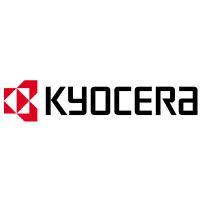 Kyocera offers a wide range of mobile devices, ranging in design from traditional phones to ultra-durable handset technology. Actsoft is able to equip organizations in a variety of different industries with solutions for improved business, while Kyocera supplies the technology they can flawlessly operate on.
Kyocera offers a wide range of mobile devices, ranging in design from traditional phones to ultra-durable handset technology. Actsoft is able to equip organizations in a variety of different industries with solutions for improved business, while Kyocera supplies the technology they can flawlessly operate on.

 Motorola’s mobile technology works in tandem with our solutions to provide extra versatility to your business practices. Coupled with our software’s features, Motorola’s reliable devices make connecting your workforce simpler than ever to do.
Motorola’s mobile technology works in tandem with our solutions to provide extra versatility to your business practices. Coupled with our software’s features, Motorola’s reliable devices make connecting your workforce simpler than ever to do. Actsoft and Sanyo teamed up to merge intuitive business management software with the technology of today. This partnership allows us to provide you with all the tools your team needs for improved workflows, better coordination, and optimized productivity.
Actsoft and Sanyo teamed up to merge intuitive business management software with the technology of today. This partnership allows us to provide you with all the tools your team needs for improved workflows, better coordination, and optimized productivity. We’re able to bundle certain solutions of ours (including our Electronic Visit Verification options) with Samsung devices to help your team achieve as much functionality as possible, while keeping rates affordable. Use these combinations for accurate recordkeeping, improved communication, and smarter data collection in the field.
We’re able to bundle certain solutions of ours (including our Electronic Visit Verification options) with Samsung devices to help your team achieve as much functionality as possible, while keeping rates affordable. Use these combinations for accurate recordkeeping, improved communication, and smarter data collection in the field.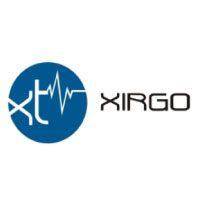
 Our software is the perfect complement to Apple’s user-friendly technology. Equip your workforce with the devices and solutions it needs for optimized productivity during daily operations with Apple and Actsoft.
Our software is the perfect complement to Apple’s user-friendly technology. Equip your workforce with the devices and solutions it needs for optimized productivity during daily operations with Apple and Actsoft.
